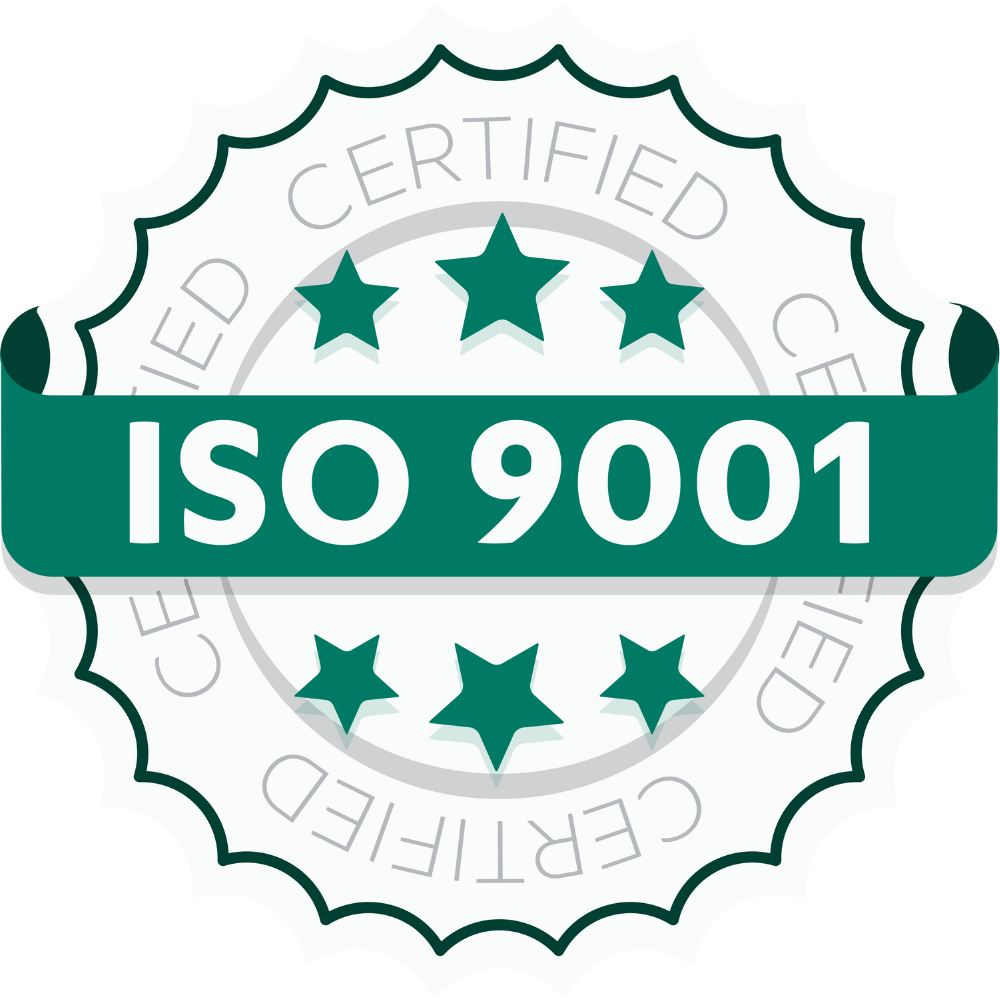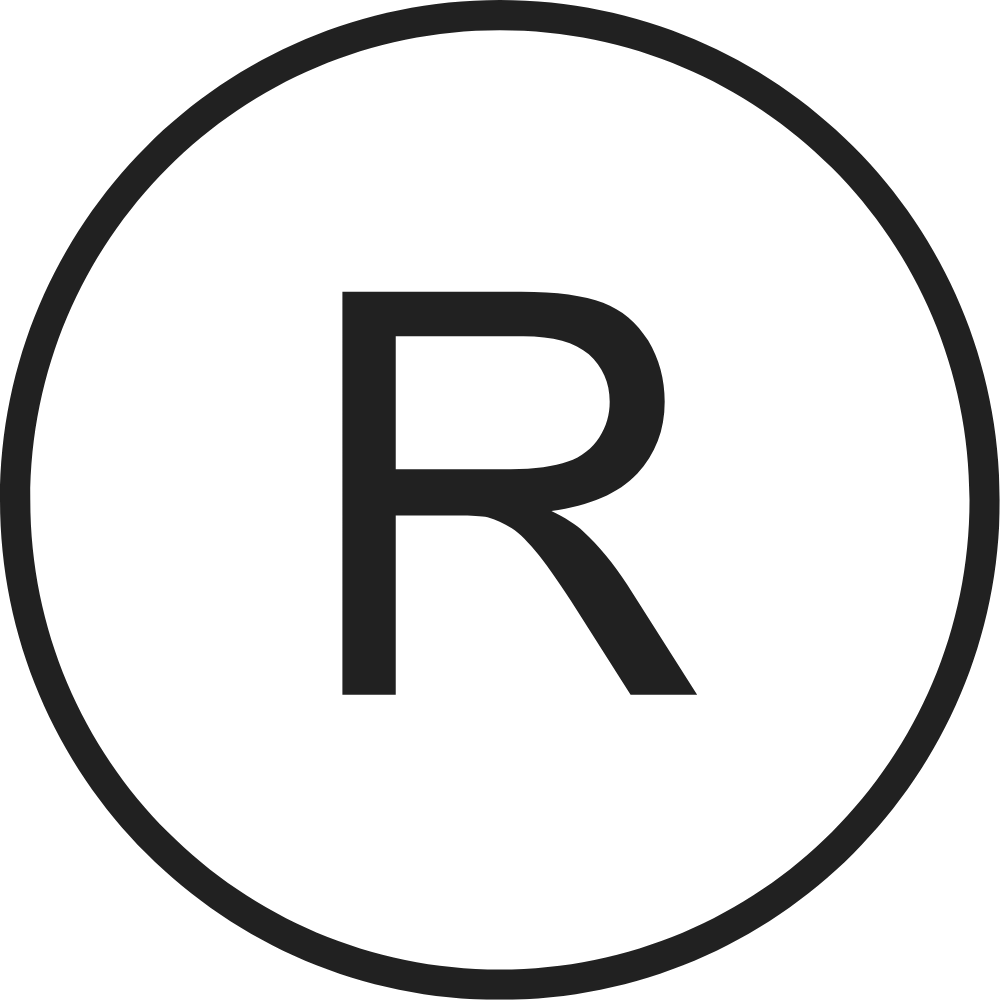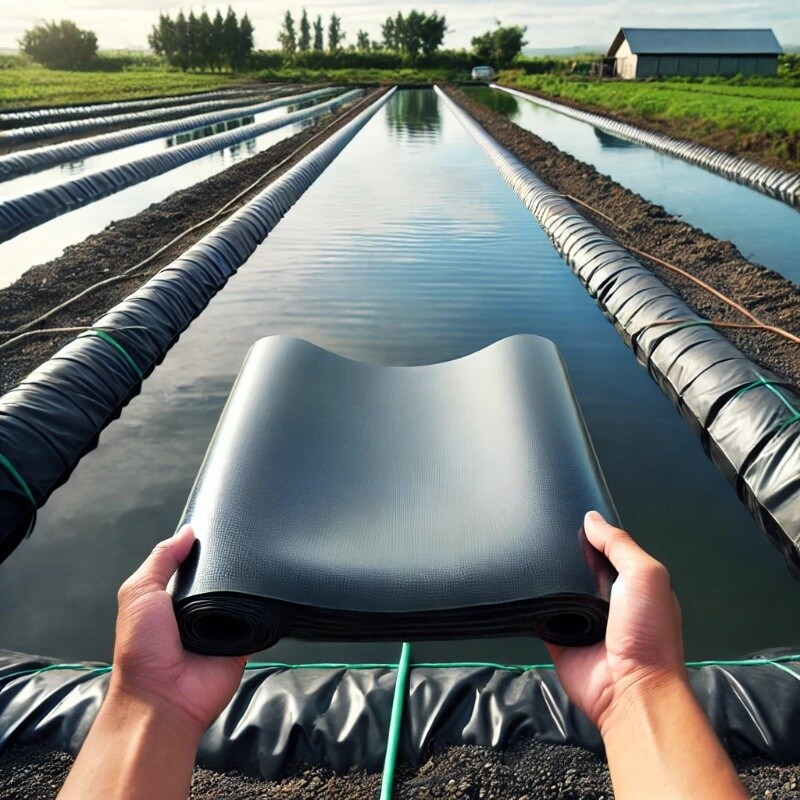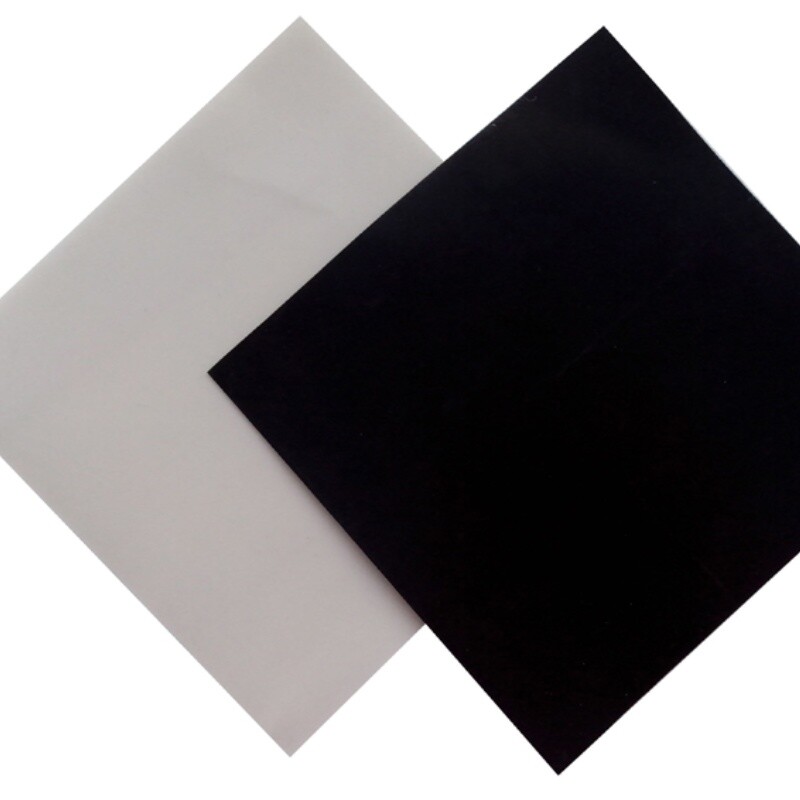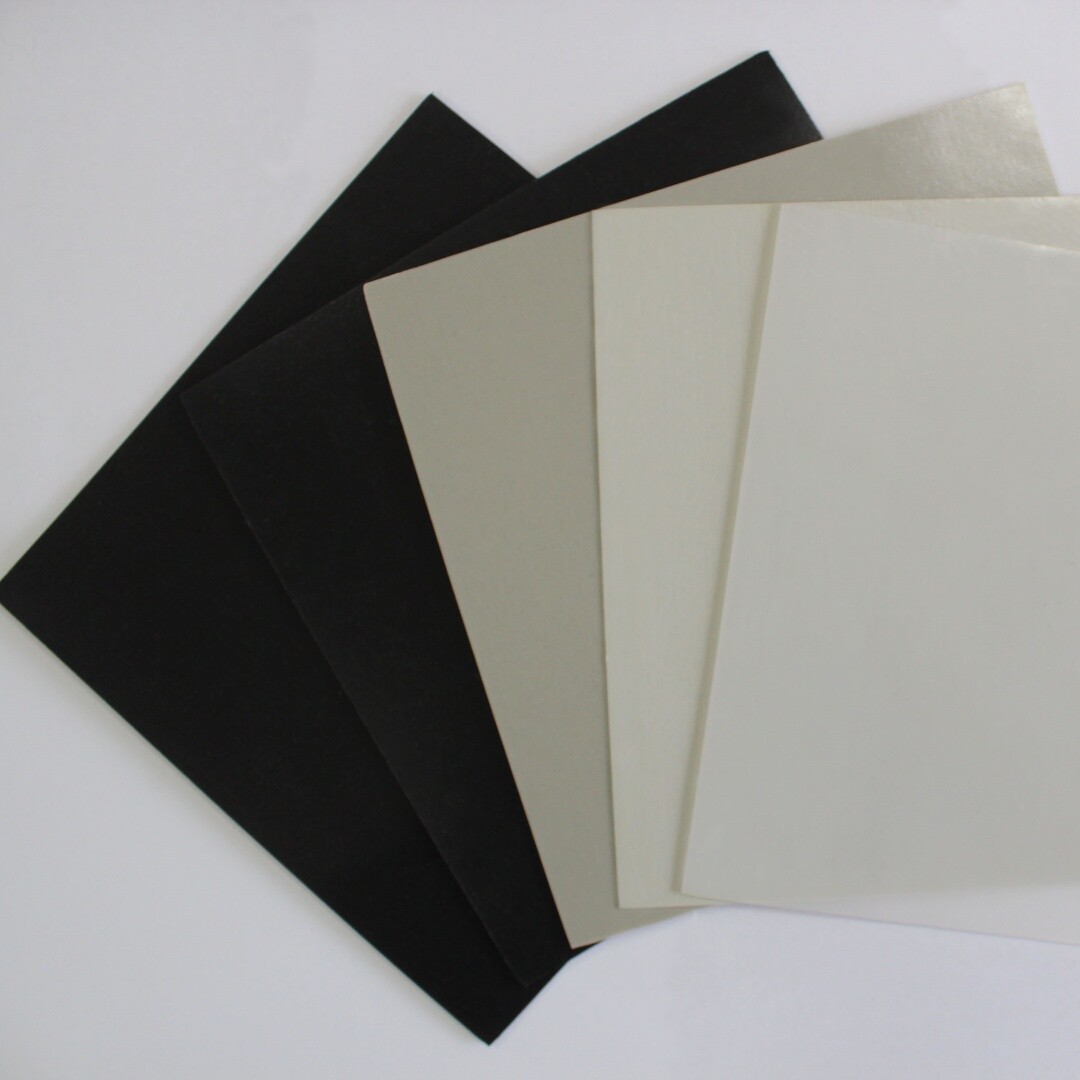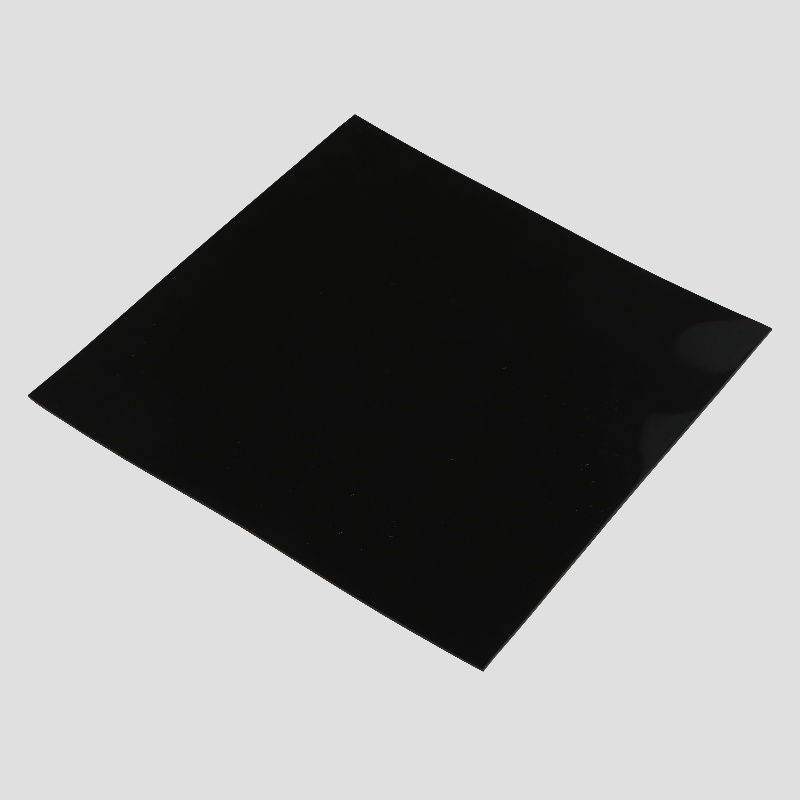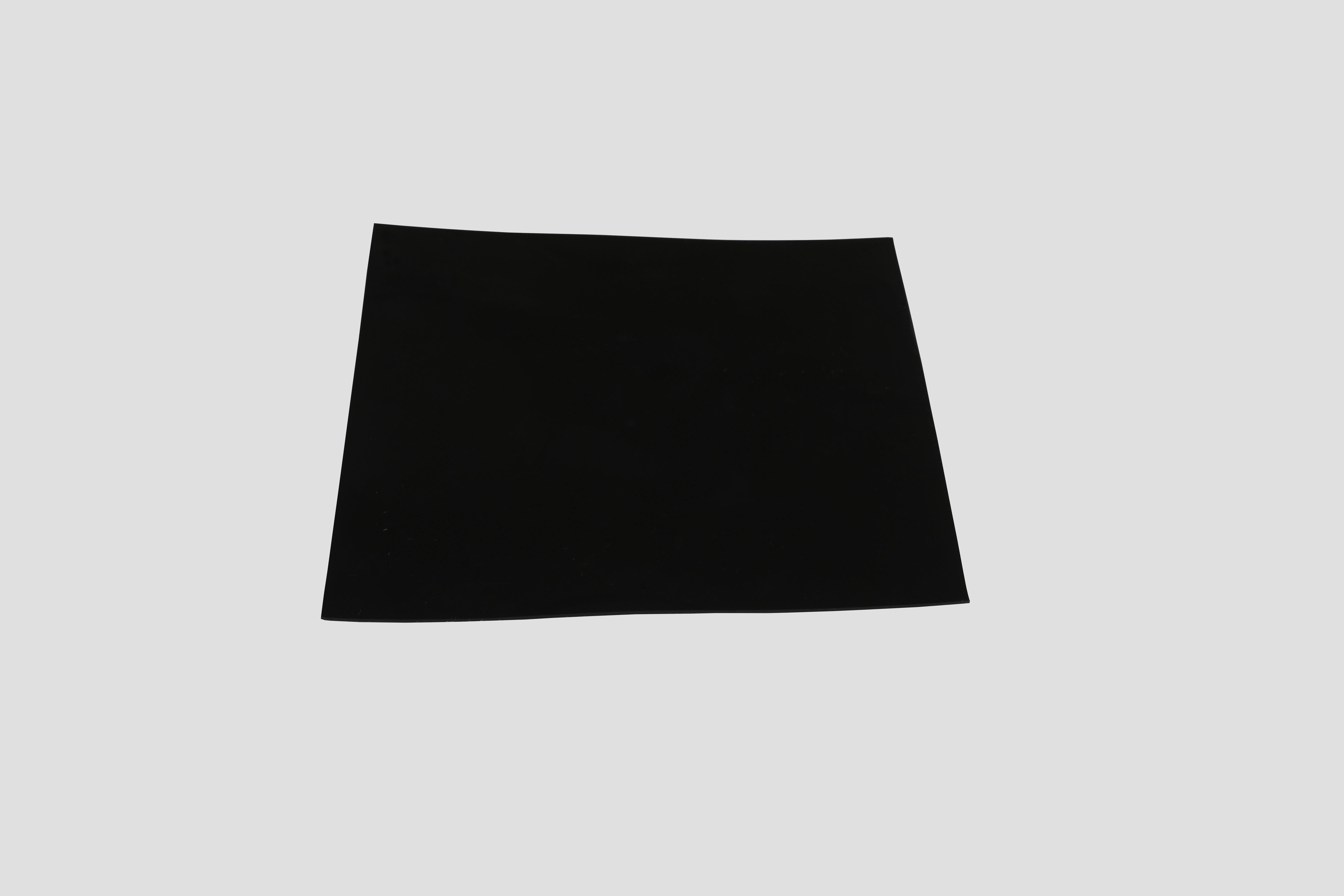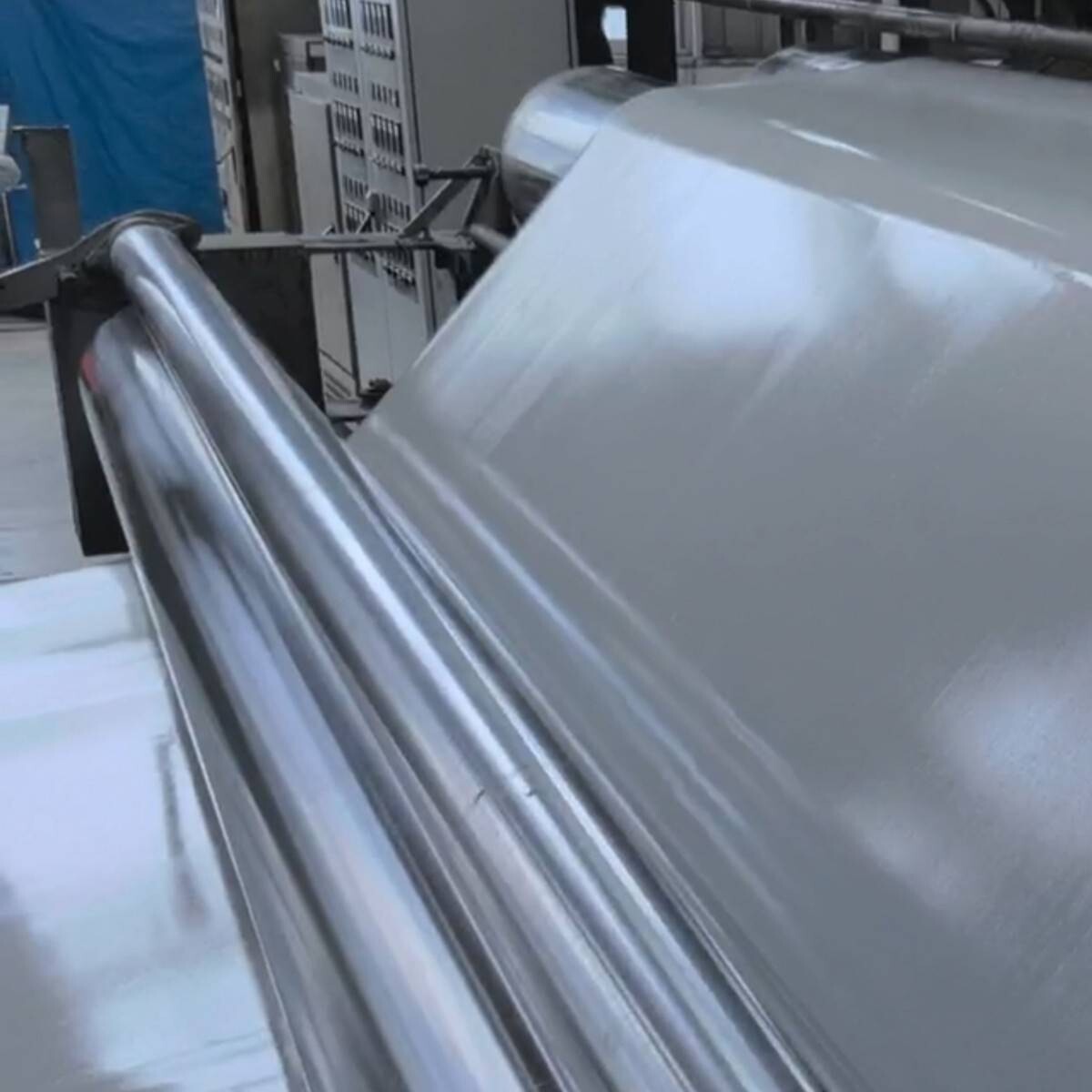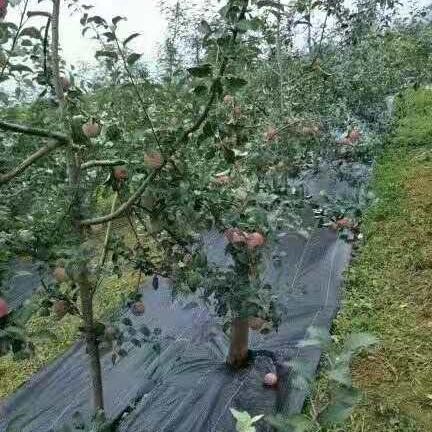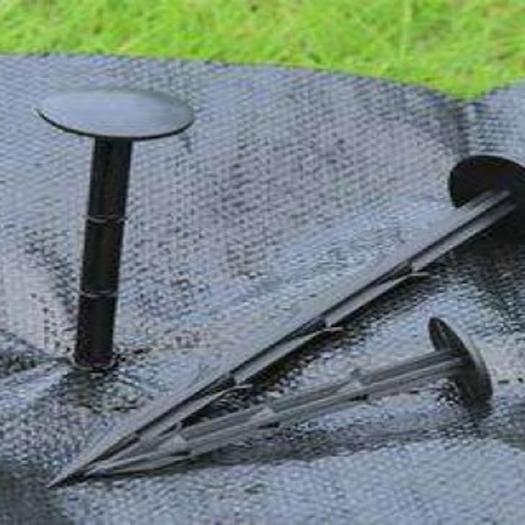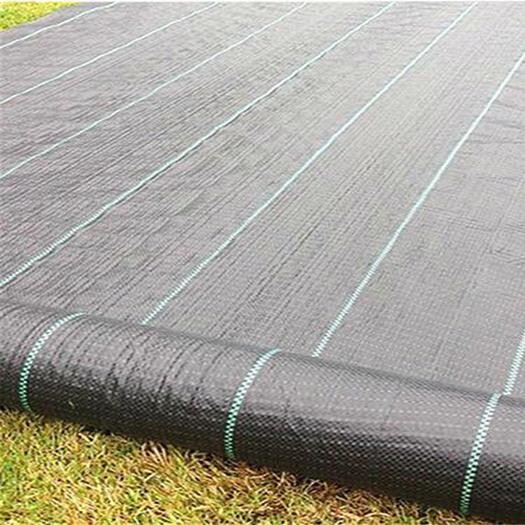Product Overview
Aquaculture Geomembrane is a specially designed impermeable liner used to provide efficient water containment, promote a healthy environment, and prevent contamination in aquaculture facilities, such as fish farms and shrimp ponds. Manufactured from high-quality HDPE (High-Density Polyethylene) or PVC (Polyvinyl Chloride), this geomembrane offers exceptional strength, durability, and chemical resistance, making it an ideal solution for water-based farming. By providing an impermeable barrier, it helps prevent the escape of water, nutrients, and pollutants, while also preventing the intrusion of harmful external contaminants into the aquaculture system.
Aquaculture is a rapidly growing industry, and proper water management is essential for promoting fish and shrimp health, ensuring sustainable production, and protecting surrounding ecosystems. Aquaculture Geomembrane plays a crucial role in achieving these goals by providing a long-lasting, effective solution to water and environmental management.
Product Features
- Waterproofing & Leak Prevention: The Aquaculture Geomembrane prevents water leakage, ensuring optimal water quality and containment for aquatic life while reducing the need for frequent water replenishment.
- Chemical Resistance: Resistant to a wide range of chemicals found in aquaculture settings, such as fertilizers, pesticides, and organic substances, ensuring the longevity and performance of the geomembrane in harsh aquatic environments.
- UV Resistance: UV stabilizers are incorporated into the geomembrane to protect it from degradation caused by prolonged exposure to sunlight, making it suitable for outdoor aquaculture applications.
- High Durability: Designed to withstand the mechanical stresses of fish farm operations, including equipment, movement of water, and weather conditions, ensuring a long service life.
- Flexibility & Adaptability: The geomembrane remains flexible even in low temperatures, which is crucial for maintaining integrity in various climate conditions and supporting seamless installation.
- Eco-Friendly: The geomembrane helps maintain the balance of the aquatic ecosystem by preventing the contamination of water bodies, thus promoting sustainable aquaculture practices.
- Low Permeability: With extremely low permeability, the geomembrane effectively prevents the escape of water and valuable nutrients from the pond or farming system, promoting a more efficient farming environment.
- Cost-Effective: By minimizing water usage and controlling the quality of the aquatic environment, it helps reduce operational costs and improves the profitability of aquaculture businesses.
Product Specifications
- Material: Typically made from HDPE (High-Density Polyethylene) or PVC (Polyvinyl Chloride), both known for their durability, impermeability, and resistance to chemicals.
- Thickness: Available in thicknesses ranging from 0.5 mm to 2.0 mm, with options for custom thickness depending on the requirements of the project.
- Width: Standard widths range from 4 meters to 6 meters, but custom widths can be produced for specific project needs.
- Length: Rolls typically range from 50 meters to 100 meters in length, with longer or custom lengths available depending on the site requirements.
- Tensile Strength: Tensile strength typically ranges from 15 MPa to 30 MPa, ensuring the geomembrane can withstand mechanical stresses such as water flow, equipment pressure, and movement.
- Elongation at Break: Typically 12% to 20%, allowing the material to stretch without tearing, ensuring a tight fit and no leaks during installation.
- Permeability: The geomembrane has extremely low permeability (less than 1 x 10^-13 cm/s), ensuring no water or contaminants can penetrate the material.
- Color: Usually black, which helps in UV resistance and also prevents algae growth. Custom colors may be available based on client specifications.
Applications
- Fish Farms: Used to line fish farming ponds and tanks, ensuring that water remains contained and clean while preventing contamination from surrounding soil or external pollutants.
- Shrimp and Prawn Ponds: Commonly used in shrimp and prawn farming to prevent water loss, maintain salinity levels, and protect against contamination from outside sources.
- Aquatic Plant Farming: Ideal for controlling water levels and preventing nutrient loss in aquatic plant cultivation areas, including water lily ponds and other aquatic vegetation systems.
- Recreational Ponds: Can also be used in the construction of ornamental ponds and other water features that require water containment and environmental protection.
- Aquaculture Water Reservoirs: Applied to reservoirs used for storing water for aquaculture operations, maintaining water quality and preventing the escape of valuable water resources.
- Water Quality Management: Used to line water treatment systems and filtration ponds to manage water quality and preserve clean water for fish and shrimp farms.
Construction Recommendations
Site Preparation: Before installation, ensure that the site is clear of sharp objects, rocks, and debris that could puncture or damage the geomembrane. The base should be smooth and compacted for proper installation and performance.
Installation Method: Unroll the Aquaculture Geomembrane over the prepared surface, ensuring the material is smooth and free from wrinkles or folds. The geomembrane should be aligned to the contours of the pond or structure, and overlaps should be welded using heat or extrusion welding techniques.
Seam Welding: Use heat welding or extrusion welding to join the geomembrane sheets. Ensure that all seams are tested for leakage using vacuum or air pressure testing methods to guarantee they are completely sealed.
Protection During Installation: Protect the geomembrane during installation to prevent punctures. Use geotextile fabric or other protective layers if necessary when backfilling or placing equipment.
Backfilling and Covering: Once installed, the geomembrane should be covered with a layer of soil, gravel, or sand to protect it from UV exposure, mechanical damage, and physical wear. This will also help maintain water temperature and prevent algae growth.
Inspection and Maintenance: Regular inspection is essential to ensure the geomembrane is functioning properly. Check for punctures, tears, or areas where the seams may have weakened. Any damage should be repaired immediately to prevent leaks and maintain the integrity of the water containment system.
FAQ
- What can you buy from HONGYUE?
Geogrid, Geomembrane, Geocell, Geotextile and other geosynthetic materials.
- What you can expect from HONGYUE?
Competent and knowledgeable technical engineers .
Customized service according to engineering requirements .
Complete solutions for product design, delivery and installation in construction projects .
Offer various complementary product portfolio and contract project.
- How can HONGYUE guarantee quality?Always a pre-production sample before mass production;
Always final Inspection before shipment - What is your sample policy?
We can provide the sample free, you just pay for the transportation freight then you can get 3-5 days.
- What is the services can HONGYUE provide?Accepted Delivery Terms: FOB,CFR,CIF,EXW,DDP,Express Delivery,and so on ;
Accepted Payment Currency:USD,CNY;Euro;and so on ;
Accepted Payment Type: T/T,L/C,MoneyGram,Credit Card,PayPal,Western Union,Cash - Are you manufacturer or trading company ?
We are a professional manufacturer
- How about your delivery time?The specific delivery time depends on the items and the quantity of your order.
Inquiry about this product
Related Recommendations
If there is no accurate search result, please contact us and we will respond within 24 hours.


